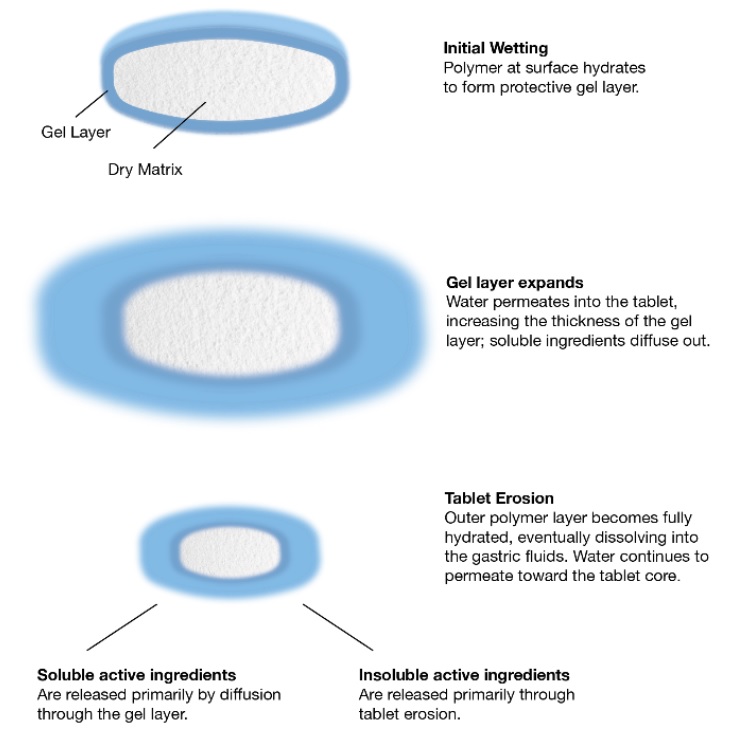There are many reasons why HPMC caps are taking over.
As you undoubtedly know, capsules offer one of the most convenient ways to take your medications and dietary supplements, especially with the ease of filling your desired formula at home. But most capsule products on the market are made from gelatin, an ingredient derived from animals like cattle and pigs.
That becomes important in light of those consumers who have dietary restrictions for meat or meat products. Vegetarians often have personal, religious, health-related, or environmental reasons for their choice.
A recent study found that about 5% of Americans, 5% of Germans, and 8% of Canadians follow a vegetarian diet, with more women and younger people likely to have this preference.
Similarly, just as Muslims and Jews maintain strong reservations about pork-based products, some Hindus also avoid foods made from cows.
As a way-out, technology has offered the opportunity to meet these divergent consumer's needs with capsules made from plant-based materials.
Even for those with no restrictions in diet, the HPMC vegetarian capsules provide health-conscious consumers with natural alternatives to animal-derived capsules.
Finally, since the pandemic disrupted the global gelatin supply, many nutraceutical manufacturers have rethought their dependency on gelatin. And many have made a huge dive for these vegetable sources. With them, producers can have all Gelatin capsules' advantages and even more.



